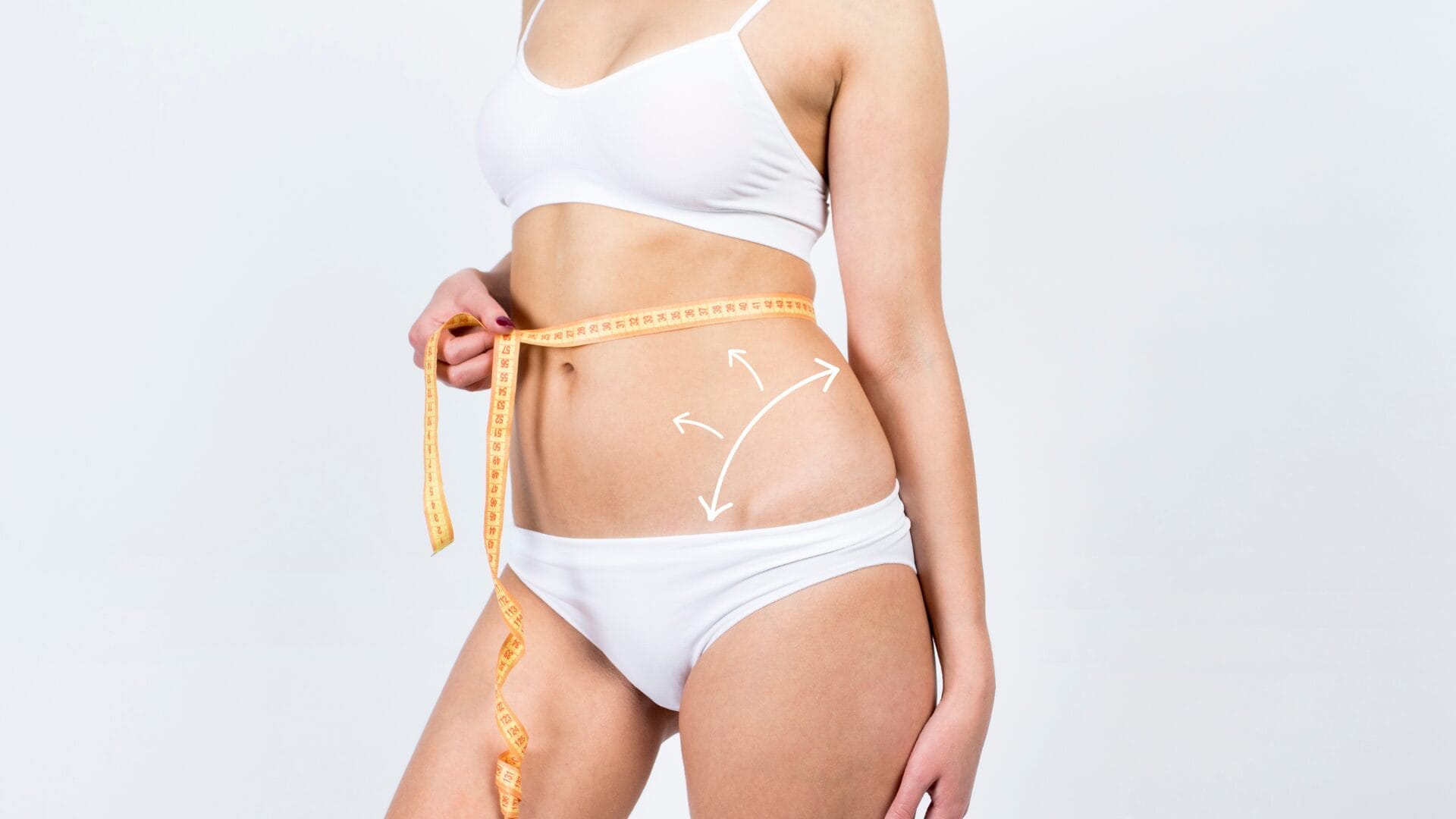Many women face daily struggles due to the size of their breasts. Back, chest and shoulder pain may be some of the main physical problems associated with having large breasts, but the problems can extend further than this, from finding clothing that fits well to pain while exercising.
Having large breasts can even affect your mental wellbeing and cause a big decrease in self-esteem.
For some people, a potential solution may be breast reduction. Otherwise known as a mammoplasty, this common surgical procedure can reduce the size of your breasts by removing excess glandular tissue, breast fat and skin.
However, despite being a relatively well-known procedure, there are still plenty of myths and misconceptions surrounding it. Join us as we separate the facts from the fiction, debunking some of the most common myths and taking a look at the benefits of breast reduction.
Myths and facts about breast reduction
No one knows where the myths about breast reduction came from but they are often reinforced online and in the media. We're here to equip you with the knowledge you need so you can tell fact from fiction.
Myth: You can't breastfeed after mammoplasty
This common myth is especially harmful as it leads women to believe something that is not true. While some breast reductions or other breast surgeries can affect your ability to breastfeed due to moving or removing glandular tissue and milk ducts, not all breast reductions do this.
Even if your breasts need to be repositioned during the procedure, you may still be able to breastfeed. In fact, many women successfully breastfeed afterwards. It all depends on your specific body and the type of surgical technique used.
Myth: Breast reductions are solely for cosmetic reasons
While some women may choose to have a breast reduction for cosmetic purposes, more often than not, breast reductions are performed to alleviate physical symptoms.
The weight of larger breasts can cause chronic pain and skin issues like infections and rashes underneath them too. By reducing the size of your breasts, these physical problems can be relieved, meaning they are as much for reducing physical pain as they are cosmetic.
Myth: Your breasts can grow bigger again after a reduction
There is no guarantee your breasts will stay the same size forever following a breast reduction; after all, your body goes through a lot of changes in your lifetime. Some factors can increase the size of your breasts after a reduction such as pregnancy, hormonal changes and weight gain.
However, if you maintain a similar body weight following your procedure, the size of your breasts post-procedure will be a lot less likely to change.
Myth: You will lose all sensation in your nipples
Another common misconception about breast reduction is that you will lose some, or all, of the sensation in your nipples.
While it may be true that you can experience some changes in sensation, this can include both decreased and increased sensitivity. In either case, however, these changes are normally temporary and will dissipate as your body heals.
Complete loss of sensation is possible in a small number of cases but it's not the norm. Changes in sensation are more common if your nipples need to be completely repositioned, but again, it doesn't guarantee you will lose sensation.
Myth: Breast reductions increase your risk of breast cancer
It is a complete myth that breast reductions increase your risk of breast cancer. In fact, a study in Denmark found the opposite, showing that breast reduction surgery in women over 40 actually reduced the subsequent risk of breast cancer.
It's important to remember that a breast reduction is not the same as a mastectomy (complete removal of breast tissue). This means you will have breast tissue remaining and have a risk of breast cancer – but at no higher risk than it was before your reduction.
Myth: You can only have a breast reduction after having children
Although pregnancy can alter the size and shape of your breasts, you do not need to wait until having children before undergoing a breast reduction. Breast reduction is a personal decision so it's up to you as to when you feel the time is right for your reduction.
Myth: You can't have a second breast reduction
Although most women are satisfied with the results from their first reduction, their breasts can grow in size again due to pregnancy and weight gain. When this happens, you may think you can't undergo a second breast reduction.
However, this is not the case – you can have a second breast reduction if you need it.
Undergoing a thorough consultation with your surgeon is an important part of the process when opting for a second procedure. They will be able to navigate potential complications that could arise and provide you with realistic expectations.
Benefits of breast reduction
The benefits of breast reduction can completely transform your quality of life. Recovery may take some time but the results can last a lifetime, with the benefits on offer greatly outweighing any potential drawbacks.
Some of these benefits can include:
- Alleviated neck, shoulder, chest and back pain
- Enhanced self-image and confidence
- Being able to easily partake in physical activities like running
- Long-lasting results
- Reduced risk of chafing and infections
- Symmetrical breast shape
- Lifted appearance (you can sometimes combine a breast reduction with a breast uplift)
Common concerns and their solutions
Although every care will be taken when you undergo a breast reduction, it's normal for you to have concerns about the process and your results. However, most of your concerns can be rooted in myths or already have solutions in place to reduce their risk of occurring.
Some common concerns about breast reduction and their solutions are:
- Extensive scarring – careful incisions and following aftercare instructions can reduce the appearance of scars. Modern surgical techniques can reduce the risk of thick scarring too.
- Infection – high standards of the hospital and keeping your wounds clean at home can greatly reduce your chances of infection.
- Unevenly shaped breasts – choosing a reputable surgeon who holds a thorough consultation with you to personalise your reduction will help you achieve even results.
One of the main ways you can avoid common concerns is to always choose a reputable surgeon and hospital to perform your breast reduction.
Book a consultation at The McIndoe Centre
Understanding the myths surrounding breast reduction is a vital part of the process. So why not make a list of questions or misconceptions you may have heard and bring them with you to your consultation? Your surgeon will then be able to provide you with the knowledge and information you need to make a more informed decision.
If you're dealing with problems related to the size of your breasts, book a consultation with our experts at The McIndoe Centre. We have a team of breast surgeons who specialise in reductions and can personalise their approach to achieve your desired results.
News and articles
We offer a range of news and blog articles to enable people to make more informed decisions when it comes to the treatments we have at The McIndoe Centre.





